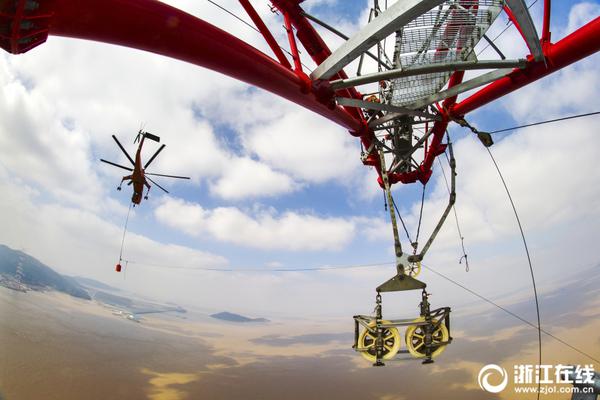By subscribing,体彩巴西西班牙 you agree to our Terms of Use and Policies You may unsubscribe at any time.
A new data storage technique developed by a research collaboration between major universities in China could shrink large-scale data centers into small DVD-like disks in the future, enabling massive savings in real estate and energy simultaneously.
With the recent explosion of artificial intelligence (AI) technology, one has also witnessed the increase in the number of data centers needed to bring together tons of data on which these models can be trained and run. Major tech companies have been investing in large data centers that consume large amounts of power for their continuous operation, most of which comes from fossil fuels.
Featured Video RelatedAs per estimates of the International Energy Agency, data centers consumed one percent of global energy production in 2022. An increase in this number would cause concern for a world with mounting worries about climate change.
DVD-like energy storage is made better
Only a short time ago, DVD's 4 gigabytes (GB) storage capacities were a big hit among users looking to store large amounts of data. Written and read using an optical laser, the technology was durable and cost-effective but quickly reached its limits as applications began using larger amounts of data soon enough.
A collaboration of researchers from institutes such as the University of Shanghai for Science and Technology, Peking University, and Shanghai Institute of Optics and Fine Mechanics looking for improved ways of storing data found that the limitation of DVD-like technology was the number of dimensions it could operate in.
The DVD-like data storage system can only store data in a single layer. However, the capacity for data storage could be vastly improved by storing it in three dimensions and using 100s of layers. This small change could improve data storage capacity to the petabits (Pb) level in one stroke.
One petabit (Pb) is 1,024 terabytes (TB) of data. In contrast, one terabyte is 1,024 gigabytes (GB) of data, roughly the same amount written on 256 DVDs.
Shrinking the data center
According to the research paper published in the journal Nature, optical disk storage (ODS) resulting from this work would have a capacity of 1.6 Petabits for a DVD-like disk, no thicker than one micrometer, when storing data on both sides. This is about 24 times the data stored in hard disk drives used by data centers today.

gorondenkoff/iStock
The research team is confident that this technology can build an exabit-scale (1,024 petabytes) data center in a small room instead of the stadium-like campus that tech companies use to house them today.
More importantly, since these new storage devices will not use electricity when data is inaccessible, the amount of electricity required for their operation will also be reduced. Modern-day data centers also generate large amounts of heat and significant energy is used to cool them, which will be saved when data centers evolve.
As data storage technologies improve, tech companies migrate data to newer devices every three to 10 years. The ODS-based data centers are expected to last 50-100 years without requiring an upgrade, delivering further savings.
The researchers are now working to improve the costs of making these devices so they can be commercially available shortly.
This report contains information first appearing in the South China Morning Postand ScienceAlert.








